Cases of PP plastic sheet in frozen food packaging trays
With the improvement of people’s living standards, the demand for frozen food in the market is growing. The convenience and deliciousness of traditional foods such as frozen glutinous rice balls and dumplings have attracted a large number of consumers. However, during the packaging and storage process of these foods, a packaging material that can keep the food fresh and withstand low temperatures is required. Polypropylene (PP) plastic sheets have become an ideal choice for frozen food packaging trays due to its excellent performance.
Introduction to PP plastic sheets
Polypropylene (PP for short) is a thermoplastic formed by the polymerization of propylene. PP plastic is known as the “king of plastics” for its superior physical and chemical properties and wide range of applications. As a crystalline polymer, PP plastic sheets not only have high strength and rigidity, but also show good chemical resistance and temperature resistance.
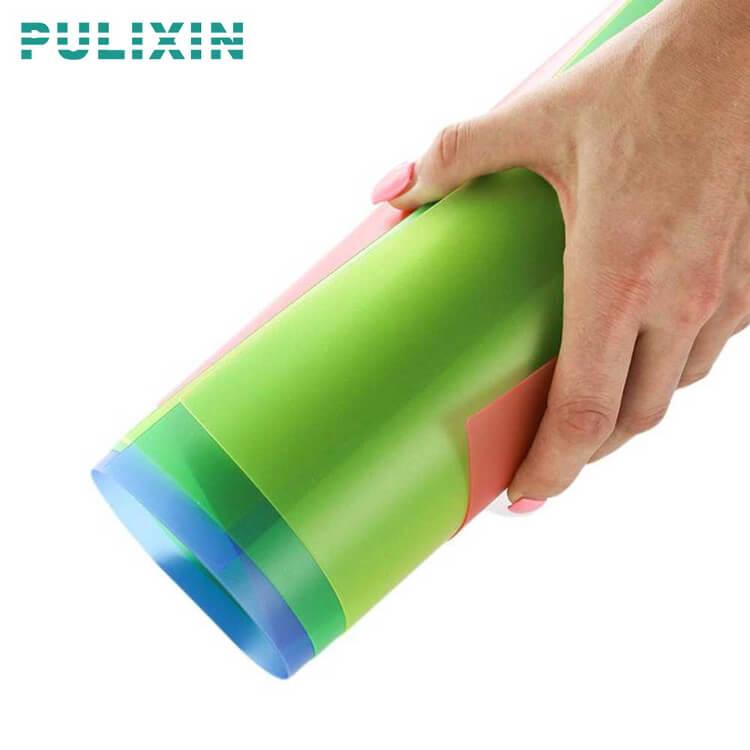
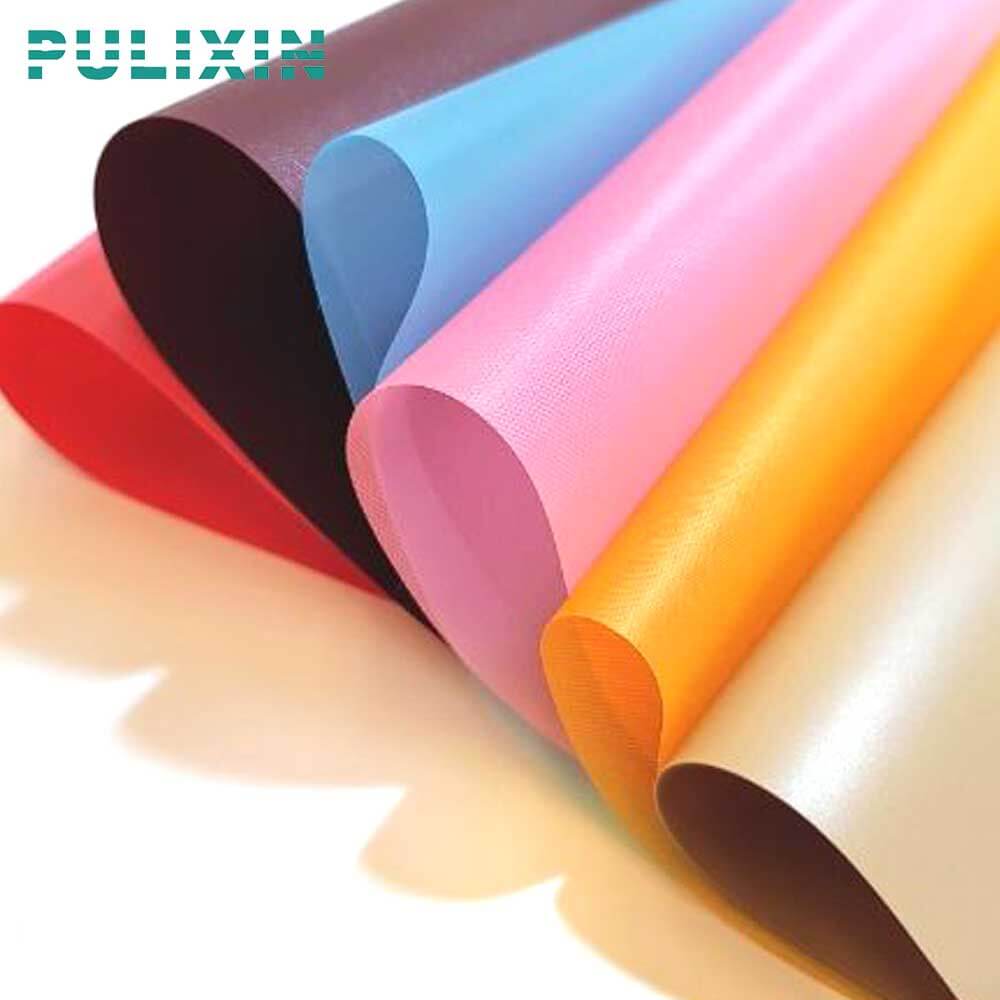
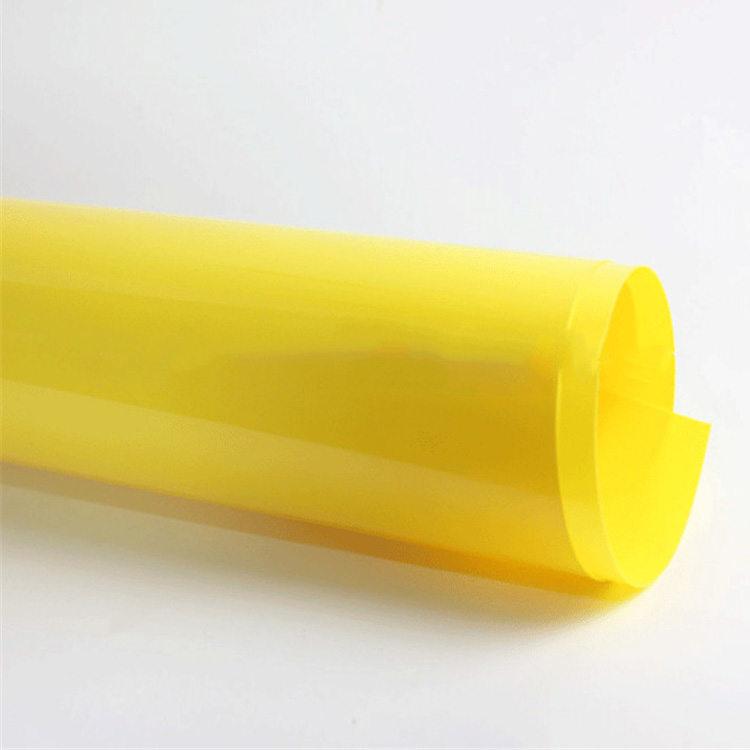
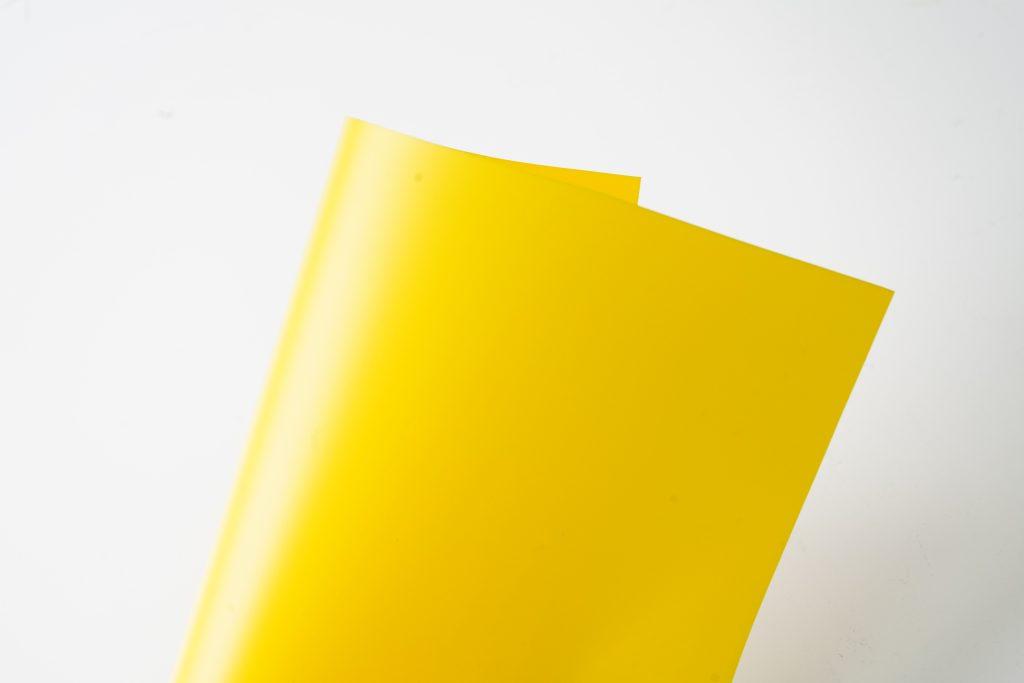
Excellent heat resistance:
The melting point of PP plastic is around 130°C, and it can maintain its good physical properties in a low temperature environment, which makes it an ideal material for frozen food packaging. Compared with other plastics, PP also shows good stability at high temperatures, does not produce harmful substances, and ensures food safety.
Excellent mechanical strength:
PP sheets have good tensile strength and impact strength, which can provide adequate protection during packaging and prevent food from being damaged by external forces during transportation and storage.
Excellent chemical resistance:
PP plastics have good tolerance to acid, alkali and salt solutions and are not easily corroded by chemicals. Therefore, PP sheets can remain stable for a long time in food packaging and will not react chemically with food.
Lightweight and environmentally friendly:
PP plastics have a low density and light weight, which helps to reduce packaging and transportation costs. In addition, PP plastics can be recycled and reused, which meets modern environmental protection requirements.
Functions and requirements of frozen food trays
As part of the packaging, frozen food trays have the multiple tasks of protecting food, extending shelf life, and facilitating storage and transportation. In the packaging of foods such as frozen glutinous rice balls and dumplings, the design and material selection of the tray are particularly important.
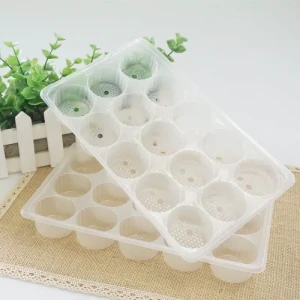

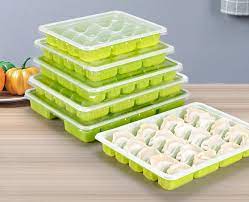
Prevent food deformation:
Frozen glutinous rice balls and dumplings are prone to stick together due to irregular shapes after processing. The design of the tray can effectively separate each food unit to prevent them from sticking to each other or deforming during freezing and transportation.
Provide structural support:
The pallet needs to have sufficient strength to maintain a stable shape in a low temperature environment and prevent the food from being damaged by external force. The high mechanical strength of PP plastic sheet ensures that the pallet can provide good structural support in a frozen state.
Ensure food safety:
Frozen food packaging pallets must meet food safety standards to ensure that the materials are non-toxic and tasteless and will not affect the taste or quality of the food. PP plastic is widely used in food packaging due to its chemical stability and food-grade safety characteristics.
Easy to store and stack:
The design of the pallet needs to consider the stacking needs of frozen food during storage and transportation. PP sheet has good rigidity and deformation recovery ability, which can keep the pallet stable when stacked and save storage space.
Advantages of PP plastic sheet in frozen food pallets
Excellent low temperature resistance:
During the packaging process of frozen food, the material needs to maintain flexibility and strength at low temperatures. PP plastic sheet has excellent low temperature resistance, and can still maintain its physical properties even at -20℃ or lower, and is not easy to become brittle or cracked.
Comply with food contact standards:
PP plastic sheets comply with international food contact material standards to ensure that no harmful substances are released into food. In addition, PP materials do not absorb water or odors, which can effectively prevent food from being contaminated by packaging materials and maintain the original flavor.
Easy to process and form:
The thermoplasticity of PP sheets makes them easy to process and thermoform, and can be made into trays of various complex shapes to meet the needs of different food packaging. Whether it is a single-cell tray, a double-layer tray, or a custom tray with a special shape, PP sheets can easily handle it.
High cost-effectiveness:
Compared with other packaging materials, PP plastic sheets have a lower production cost. Due to its light weight and high strength, the amount of material used can be reduced, thereby reducing production and transportation costs. In addition, the recyclability of PP materials further reduces the environmental burden and has long-term cost-effectiveness.
Provide excellent protection:
In frozen food packaging, PP plastic pallets can not only protect food from external forces, but also isolate external moisture and pollution, ensuring that food remains in the best condition during freezing and thawing.
Relative News
- PULIXIN sincerely invites you to visit 2025Chinap…
- Today’s shipment – 20 tons of anti-fr…
- Customer Case: Successful Application of Anti-fre…
- How does the impact resistance of HIPS plastic sh…
- How to choose the appropriate HIPS sheet thicknes…
- Application Cases of PS Plastic Sheets in Thermof…
- Today’s shipment: Antistatic PP plastic she…
- Application Case of Antistatic PP Plastic Sheet &…
- Today’s delivery: 20 tons of PET plastic sh…
- White PS plastic sheet thermoformed yogurt cup te…
